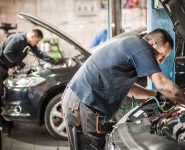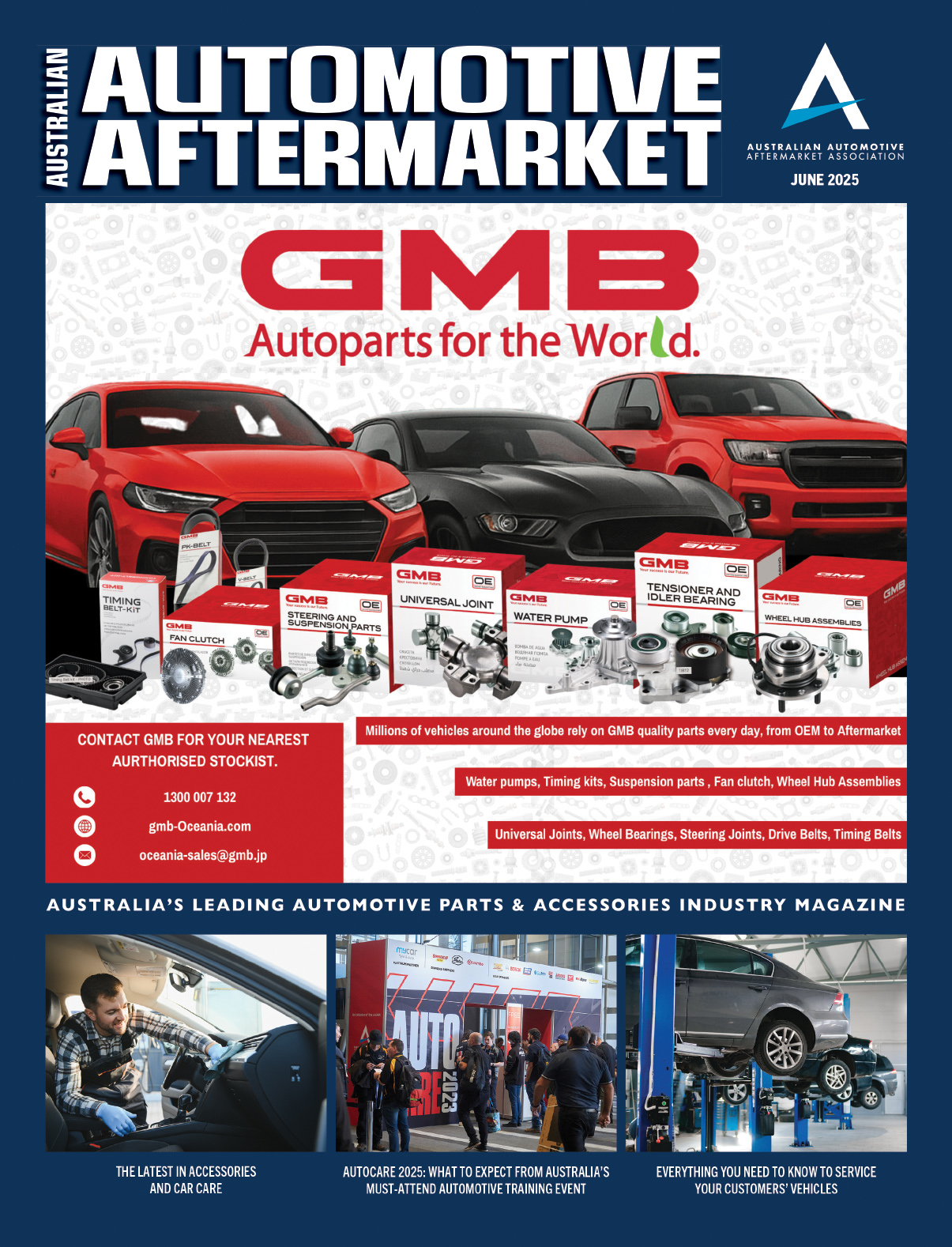DIESEL IS DEAD … OR IS IT?
In this article, ACA Research takes a look at the question of whether the aftermarket should be reducing its focus on ICE vehicles
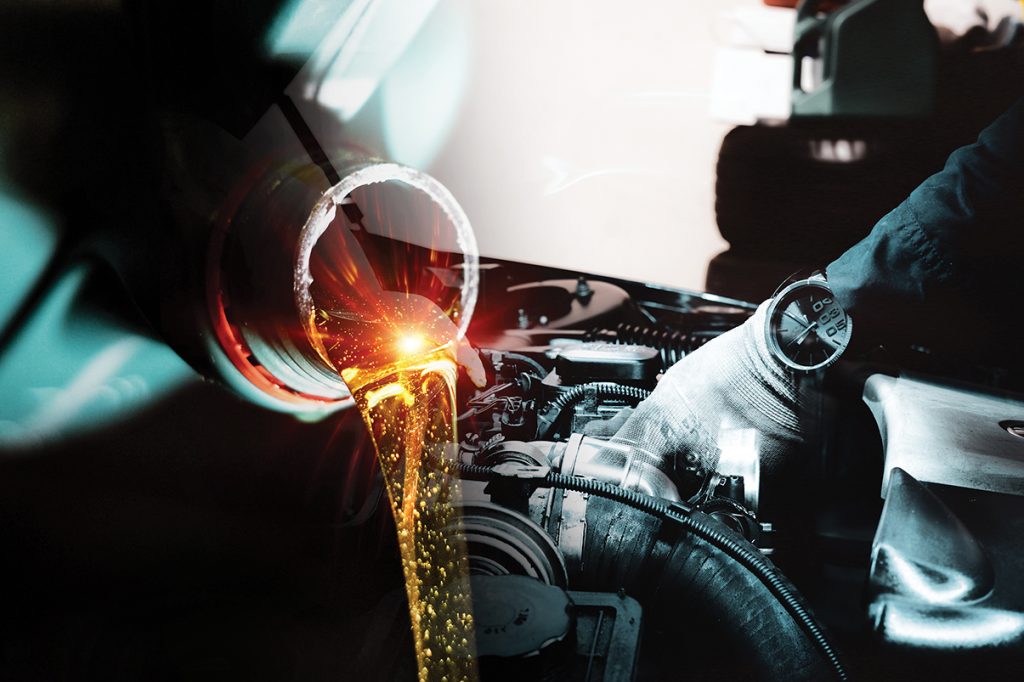
As we approach the end of 2022, the conversation around electric vehicles in Australia is gaining momentum.
The federal government is reviewing submissions around its proposed strategy, and an increasing number of manufacturers are announcing their shift away from ICE.
This surely then means that the aftermarket should start reducing its focus on servicing these vehicles, doesn’t it?
Looking at the data for diesel vehicles, this is definitely not the case.
Diesel’s share of sales keeps increasing, going from 29 percent in 2015, to more than a third of YTD sales.
More than 350,000 diesel vehicles were sold in six of the past seven years, with the COVID-impacted 2020 sales year the only one under this threshold.
Over this period, we’ve had more years where diesel sales exceeded 400,000 units than ones where they didn’t hit 350,000.
Looking to the future, we expect this trend to continue until at least 2025 off the back of Australia’s love for utes.
While several manufacturers have announced the development (or even launch) of electric utes, broad availability is still well a long way off.
A number of questions still remain about their range when fully loaded, towing, etc. This means that while we do expect sales to decline once we move beyond 2025, more than 300,000 diesel sales are forecast in both 2026 and 2027.
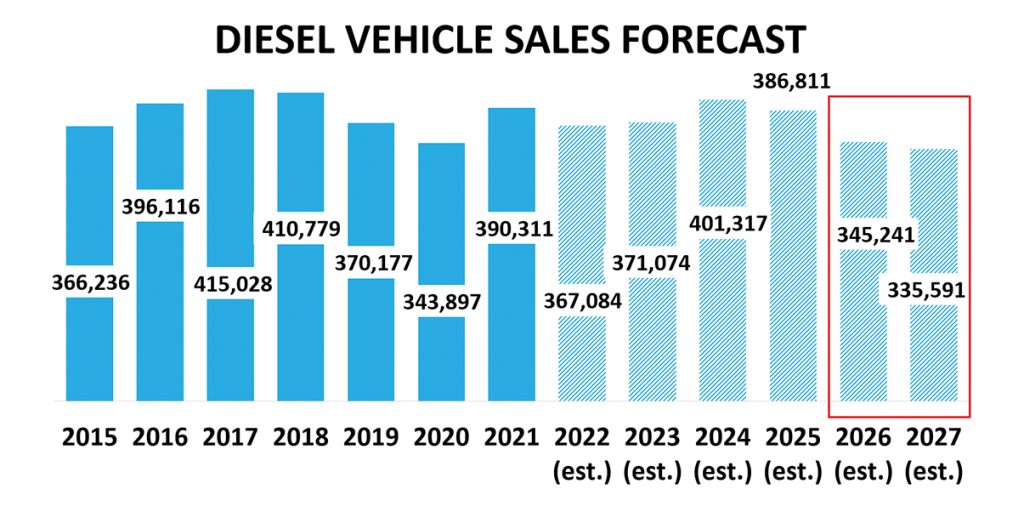
We also need to consider the impact these vehicles have as they feed into the broader car parc.
From 2015 – 2021, this has grown from 3.5m vehicles up to 5.3m, and we forecast almost one million more diesel vehicles entering the parc by 2027 off the back of the strong sales trajectory.
This means that by 2027, there will be more than two million diesel vehicles on Australian roads that are under 10 years old.
Given the working life of our vehicles can extend out beyond 20 years, they’ve potentially got another decade or more of service before reaching end of life.
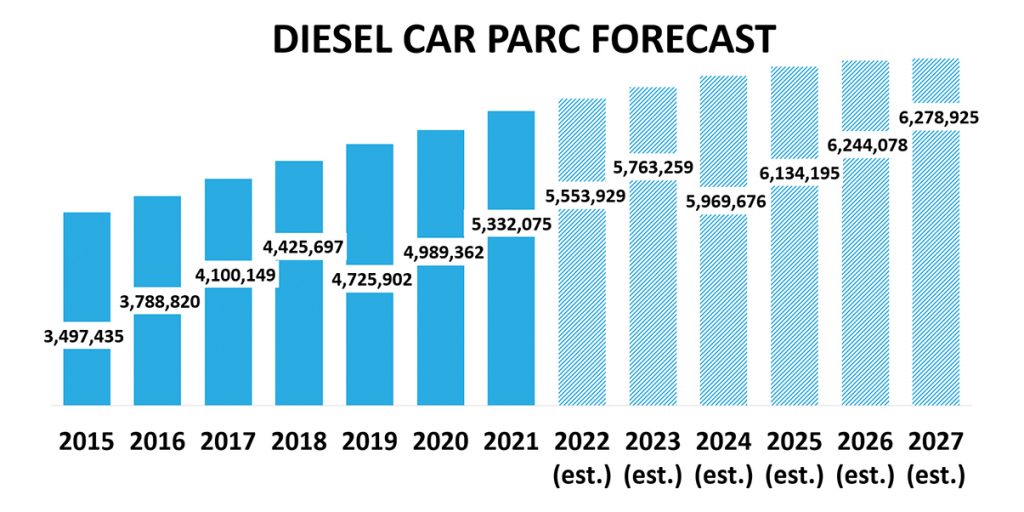
The key takeaway of this piece is that despite the coming shift to electric vehicles, Australian consumers and fleets will be investing significant sums of money into servicing and maintaining these diesel vehicles well beyond 2030.
This can provide us with a level of comfort when it comes to investing in training and equipment for diesel service.
We do however need to remember the importance of understanding our local car parc, and how it is changing over time.
Various resources from the AAAA can help with this, with the car parc data providing a snapshot of the local community, and the quarterly dashboards talking to trends in new vehicle sales.
Also, make sure to keep an eye out for the next upgrade to the car parc tool, which is currently in development.
For more information about their services, visit www.acaresearch.com.au or contact Ben Selwyn on bselwyn@acaresearch.com.au
This column was prepared for AAAA Magazine by ACA Research, the AAAA’s partner in the AAAA Aftermarket Dashboard which is delivered to AAAA members each quarter.





